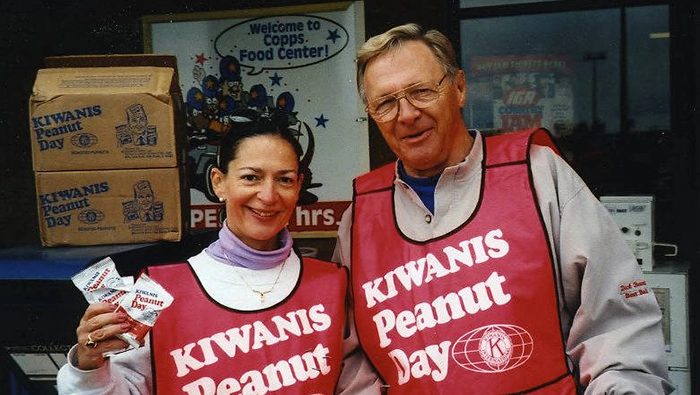
Hope and healing
Kiwanis New Jersey District hosts conference on youth homelessness.
By Julie Saetre
Submitted by the Kiwanis New Jersey District
In the 2023-24 school year, 17,315 students in the U.S. state of New Jersey were identified as experiencing homelessness. That’s why Kiwanis International’s New Jersey District created the New Jersey Kiwanis Youth Homelessness District Project, which works to create awareness of the issues faced by these students and provide support to organizations that are actively working to address them.
As part of the project, the district held its inaugural statewide New Jersey Kiwanis Hope and Healing Conference on November 6. The conference brought together youth advocates, agency professionals and community partners from across the state for a full day of learning, empowerment and connection.
“Our goal has always been to elevate the voices of young people facing housing instability and bring every corner of New Jersey’s support network together,” says Michael Ellithorpe, New Jersey Kiwanis District project chair. “This conference demonstrated what is possible when service organizations, educators and advocates unite behind a shared mission.”
Attendees participated in workshop sessions and networking opportunities designed for transitionally housed youth, youth homelessness agency staff, community partners and Kiwanis members. The event underscored New Jersey’s statewide commitment to addressing youth homelessness through shared purpose and coordinated action.
“This conference proved exactly what Kiwanis stands for — hope, action and partnership,” says Frank Cahill, New Jersey District governor. “Seeing so many agencies, advocates and young people in one room reminded us why we remain committed to this project. Youth experiencing homelessness deserve stability, opportunity and community, and Kiwanis will continue to stand beside them every step of the way.”
Emily Scharf, president of the New Jersey Kiwanis Foundation, also praised the shared commitment that shaped the conference.
“The Hope and Healing Conference was the culmination of years of work, collaboration and compassion across New Jersey. Every attendee — from youth to agency leaders — played a part in creating a space of empowerment and healing. This is only the beginning of what we can accomplishtogether.”
To date, the New Jersey Kiwanis Youth Homelessness District Project has generated nearly US$40,000 in donations and thousands of volunteer hours.
Learn more about Kiwanis clubs addressing youth homelessness and get inspiration for your own project.



